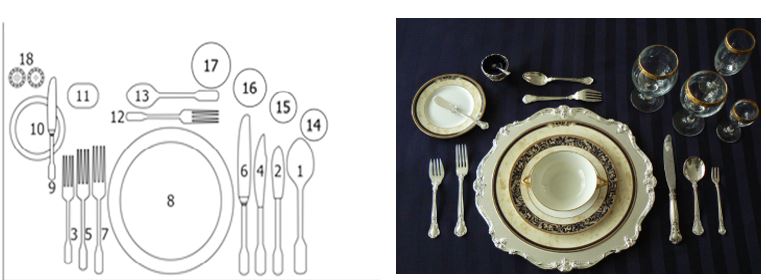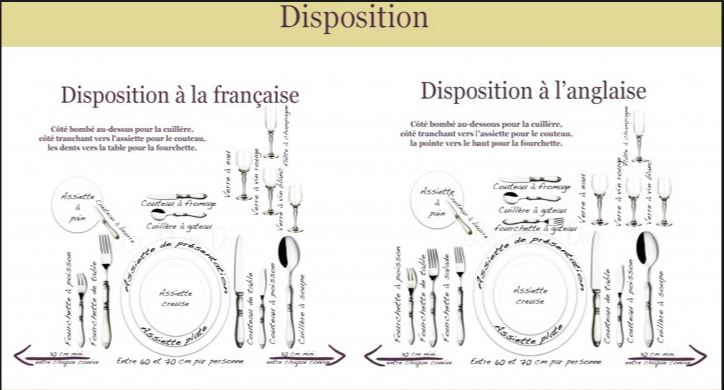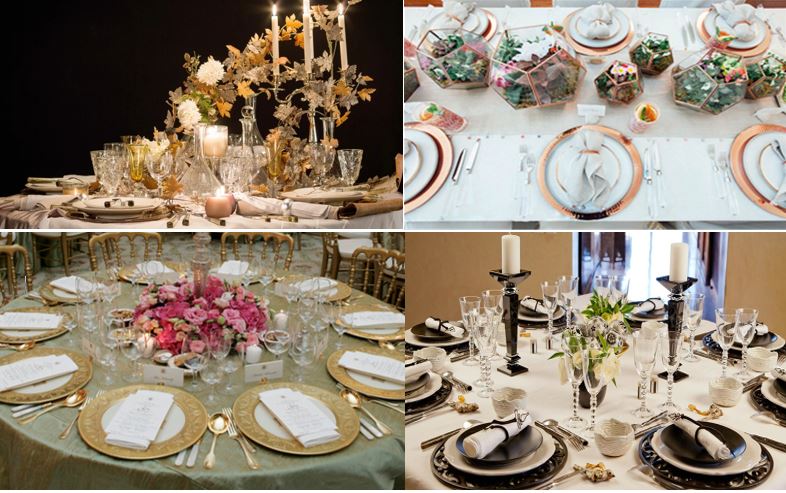A week in Paris
Jardin des Tuileries
The Tuileries Garden is a Parisian park in the 1st arrondissement created in the 16th century, on the site of ancient former Tuileries that gave it its name.
History
The Tuileries garden takes its name from the tile factories that stood at the place where Queen Catherine de Médicis had the Tuileries Palace built in 1564, which has now disappeared. The king’s famous gardener, André Le Nôtre, gave it its present appearance as a French garden from 1664 onwards. The garden, which separates the Louvre from the Place de la Concorde, is a place of stroll and culture for Parisians and tourists where the statues of Maillol stand alongside those of Rodin or Giacometti. Both pools are ideal for relaxation.

The Tuileries Garden is classified as a World Heritage Site by UNESCO. Very classic, it houses a museum of modern art, the museum of the Orangery, and collections of contemporary art.
The Tuileries Garden is a charming place to visit as a couple or as a family in order to capture all the elegance of French-style architecture and to take a break for lunch or dinner in the three restaurants you prefer in the Garden.
Events in the Garden
- Festival of the Tuileries garden (from June 21 to August 25, 2019)
- Christmas Magic at the Tuileries (November 2019 – January 2020)
- PAD Paris – arts + design (Mars – Avril 2020)
The Tuileries Garden is open for you every day from 07:00 to 09h00 and directly situated in Paris’ heart.
The Tuileries Garden is reachable by the subway: stations Tuileries (line 1) or Concorde (line 1, 8 et 12)
Bus: 1017, 1018, 1019
L’Art de la Table à la Française
History
French tableware is the art associated with shared meals: the presentation and service of food, conversation and civility,
the decoration of furniture, utensil and place intended for gastronomic experience and ambience.
 In France the fork is placed prongs downwards on the tablecloth and the back of the spoon facing upwards.
In France the fork is placed prongs downwards on the tablecloth and the back of the spoon facing upwards.
This position is called « A la Française » and dates to the French silver – and goldsmiths’ tradition of engraving
their hallmark on the back of the cutlery, as opposed to the British way which was to do it on the front,
hence the difference in table setting.
 The main difference between the two styles is how the glasses are set.
The main difference between the two styles is how the glasses are set.
In France you must place the glasses diagonally, above the desert cutlery and ranked by order of size.
So, from the right to the left it should be white wine glass, red wine glass and water glass.
The red wine glass should be on the same line as the largest knife.
The champagne glass should be positioned on a second line behind
the other glasses, between the water glass and the red wine glass.

Good manners at the table are an essential element of French savoir-vivre.
Once seated in your chair, it is advisable to stand up straight, leaving a small space behind your back.
Then simply unfold and place the napkin on your lap, don’t put it in your shirt!

Hotel de Ville
In the center of Paris – both geographically and in terms of urban life – the Hôtel de Ville is an impressive building on the outside as it is inside!
The interior design of the place mirrors the Paris of its time.
The impressive craftsmanship with all its paintings and rich gildings shows you the values of the city from when it was built; beauty, accuracy and enjoying the moment.
You will be surprised by all the treasures this immense building hides!
Already in the entrance you are being welcomed by a huge pompous staircase which leads you to even more magnificent rooms
with beautiful painted ceilings and plenty of fascinating details.
History
The Hôtel de Ville as we know it today has more than three hundred years on its back. It stands on the ruins of the first city hall of Paris, the Maison aux Piliers.
It was built from scratch in the back then very modern Renaissance style and has been renovated and extended several times over the years.
The works of art and decorations were created by great artists of their time.
This building survived everything from being invaded to getting almost burned down twice and has influenced the politics and culture around
it and even the French language for centuries.

Creation
Proudly dominating the Place de l’Hôtel de Ville, the immense building, 110 meters long, 85 meters wide and 48 metres high, is the largest municipal building in Europe.
146 statues of important figures in French history embellish the impressive façade and maybe, if you have a good eye, you will find Voltaire looking down on you.
The building is located on the banks of the Seine, where was once the most important port in Europe. The square in front of the Hôtel de Ville was and is the scene of rallies and demonstrations and is dedicated to all freedom fighters and the free French in general. Before this town square was renamed to Place de l’Hôtel de Ville it was called Place de Grève. Throughout history there have been countless strikes on this exact place that it even influenced the modern French language, so the French term for going on a strike is still faire la grève today.

Nowadays
The Town Hall can be visited for free after signing up for it at the Public Relations Department of the City of Paris.
The areas accessible for visits are all reception rooms, the Staircase of Honor and the Paris Council Chamber.
It is possible to visit the Town Hall during Open House Days or by reserving a tour (one to two guided tours in French per day).
Discover also the temporary exhibitions which are regularly organized in the Saint Jean room!
But even without entering the City Hall, the Place de l’Hôtel de Ville in front of the building has always something to offer.
In summer you can play beach volleyball on the esplanade of the Town Hall and in winter it is possible practice your ice-skating skill or you simply stroll
by all the beautiful shops near the Place de l’Hôtel de Ville.

Sources: Wikipédia, Parisinfos
Repetto
Repetto is a French brand of dance shoes created in 1947 by Rose REPETTO at the request of his son Roland Petit.
On day he comes home back from the dance and complains of the pains in his feet, her mother being a good seamstress,
she decided to design a shoe that would make it easier in the practice of this sport, thanks to its technique of the “sewn-returned”.
She then abandons her profession as a bistro maker to open to open a workshop near the Paris opera, where she creates her first revolutionary spikes.

History of the company
The company gained fame from creating the “Cendrillon” ballerina flat for French ballet dancer and actress Brigitte Bardot 1956 film “Et Dieu créa la femme”.
Brigitte Bardot opens door to the shop with an idea in mind: to find a shoe as light as the ballet ones she was wearing, but much more flattering and feminine.
In 1959, Rose Repetto opened her first boutique at 22 rue de la Paix, in Paris6.
Many dancers come to supply themselves there: Maurice Béjart, Rudolf Nureyev, Mikhail Barychnikov, Carolyn Carlson, the Kirov, the Folies Bergère, etc.

In 1959, Rose Repetto opened her first boutique at 22 rue de la Paix, in Paris6.
Many dancers come to supply themselves there: Maurice Béjart, Rudolf Nureyev, Mikhail Barychnikov, Carolyn Carlson, the Kirov, the Folies Bergère, etc.
Using techniques and adapted products, the success was immediate. Madame Repetto creates an unprecedented ballerina,
according to a technique directly inspired by ballet slippers mounting: the back sewn. Thus, the first Repetto ballerina was born,
immediately synonymous with elegance and lightness. Today, Repetto stands out as a true international luxury French house and broadcasts
its universe and the quality of its expertise on a large range of products, in ever more fascinating and exclusive boutiques.
The brand was no longer in the spotlight after Repetto death in 1984, but the French entrepreneur Jean-Marc Gaucher
bought the brand in 1999, which still has a certain image but is very dusty. He notes his objectives on a piece of paper:
to make Repetto a world brand; to exclusive products; and to keep his references to dance but by transcribing them into the world of luxury.
Since then, Repetto has expanded internationally and tried to define itself as a key brand. It has diversified into
a collection of shoes for women, men and children, ready-to-wear, small leather goods and perfumes.
The company will open its first store in America in the New York district of Soho in the fall of 2015.

Nowadays
On the occasion of the brand’s sixtieth anniversary in 2007, Jean-Marc Gaucher, President of Repetto, created the Dance for Life Foundation
to give more meaning and scope to this anniversary by making it more “humane”.
The objective is to support dance schools around the world by promoting the reintegration of children in distress through artistic expression.
Repetto provides ballet shoes for the National Opera of Paris and many other well-known French ballet companies.
As of 2013, the company had 60 million euros in revenues and employed 340 people.

Jean-Paul Gaultier Show
From September 2018 until January 2019, Jean-Paul Gaultier sees his childhood dream come true: a dream to offer a revue on the legendary stage of Folies Bergère in Paris.
The French and world-famous fashion designer had to wait until 2018 to make his dream come true with the excellent “Fashion Freak Show”.
The Must of Gaultier creation.
Our expert concierge service at Guest Apartment Services Paris will be pleased to book your tickets in advance for the show and just after the performance,
offer you diner recommendation and reservation close by Folies Bergeres.
Confidential adresses in Paris
Discover confidential addresses recommended by our guests & friends who been experienced Paris for a week !
 |
 |
 |
In the early May sunshine there were long queues at Berthillon ice cream outlets on the Ile St Louis for ‘Paris’s best ice cream.’ But we, for one wonderful week, were residents on the island courtesy of Guest Apartment Services, (G.A.S) and could choose when to enjoy our next scoop of salted caramel. We hadn’t come to Paris to exhaustively sightsee and gallery hop: though the comprehensive guide in our lovely apartment, plus Liliane, the G.A.S concierge’s offer to book any museum, gallery and restaurant we liked, was hard to go past. We hadn’t been to the Musee D’Orsay in years and took her advice to book online, and to visit on a Thursday night after 6pm to avoid the crowds.
Apart from that, we were in Paris to balade, stroll around, stop at favourite cafes and bars, people watch and take advantage of our apartment’s stylishly appointed kitchen. With, it must be said, a bit of shopping on the side. Ile St Louis is perfectly positioned, with the Marais to the North, and the Latin Quarter and St Germain to the South. Just over in the Marais, Rue St Antoine has all the shops and supermarkets you need to stock fridge and larder. Two good cheese shops, chocolate, charcuterie, fruit, confits, salads, vegetables, patisseries: it’s all here. With alleys, courtyards and streets bursting with interesting and idiosyncratic shops.
We have our favourites – remembering this is a personal guide – and they include APC and American Vintage on the Rue Vielle du Temple. The Picasso Museum has reopened and is a must. (So we did do a few galleries.) Buy your ticket on line to beat any queues, and time your visit to include lunch at Café des Musees, five minutes away on Rue de Turenne. Though most restaurants do have room for walk ins don’t chance it: always book in Paris, it’s an accepted courtesy. Liliane was only too happy to do so for us, even though most people in Paris shops and restaurants these days do speak English. What was interesting was that three times we were told, ‘we like it when people at least try to speak French.’ And every visitor should remember, when going into any establishment, to establish a rapport with a Bonjour Monsieur/Madame. Though my wife and I could probably be described as ‘foodies’, (awful term) we tend to stay away from top end restaurants, much as we admire certain chefs. Blogs, and Patricia Wells’ terrific Food Lovers Guide to Paris have some overrun with tourists, and it seemed to us (some) standards had slipped.
Though it must be dispiriting for any chef to see a guest drinking diet coke – as we did – with a dish they’ve slaved over. And Liliane described one restaurants booking policy as ‘pretentious’: though in mitigation, given the number of times they’d been written up, they were probably overwhelmed with people wanting a table. Having said all that, do put Fish la Boissonerie (not poissonerie, they have a wine shop) on your list. They do take walk ins, though best to book. Chef Ollie Clarke’s main courses were, this May 2016, only E18, a steal not only for Paris but also for this quality of food. (Mrs. Putnam, brought up on a sheep farm and something of a connoisseur rated their lamb chops ‘the best ever.’ No wonder it’s a G.A.S recommendation.)
The great thing is that opposite is another restaurant, in a sense part of the family, Semilla where I had the best chocolate dessert, extant. And next door a wine bar, Freddy’s where you could get bar food, a plate of charcuterie, perhaps, and next door, Cosi, where the pizza oven fire burns bright. So, if you find yourself in St. Germain, you’ve a chance of a walk in. Just over the Pont Louis Philippe, to the right on Quai de Hotel de Ville is a very unpretentious local wine bar, A Lot Of Wine. (As in the Lot Departement.) If you’re a fan of Cahors Malbec, ‘black wine’ you can enjoy it here. And as a wine shop the mark ups are very fair if you buy a bottle off the shelf and drink it there. Their decanters, enormous wine glasses with a pouring lip, also tempted us, but it would have been the proverbial camel’s back as far as our luggage was concerned. And next door is a coffee shop, with, for Paris, pretty good coffee.
We won’t go on: below is a list of recommendations; some are in the G.A.S guide, Some aren’t. I wish I could remember the name of the food shop on Rue de Seine near Boulevard St Germain where they sell the Iberico ham and Normandy butter. On Ile St Louis we particularly liked the white tiled Café Regis, near Ile de la Cite so it does attract tourists but the very friendly waiters cope and it’s a lovely, lively place to sit. Come to that we didn’t do Café Flore, La Coupole or Bistro Paul Bert. And my wife points out that Galeries Lafayette has the world’s biggest selection of shoes, and the Luxembourg Gardens are always worth a stroll, especially as you can enjoy a dozen oysters at Huitrerie Regis on the way back. And there are those vintage handbags in the shop on the corner by Pont Marie at the end of Quai D’Anjou. Etc.
Restaurants
- Café des Musées : 49 Rue de Turenne 1 42 72 96 17
- Le Comptoir : (lunch, dinner is hard to book) Carrefour de L’Odeon 1 44 27 07 97
- Fish La Boissonnerie : 69 Rue de Seine 1 43 54 34 69
- Semilla : 54 Rue de Seine 1 43 54 34 50
- Albion : 80 Rue du Fauborg-Poissoniere in the 11th has the same owners.
We didn’t go to Mon Vieil Ami 69 Rue St Louis this trip, or Benoit 20 Rue St Martin 1 42 72 25 76. - Huitrerie Regis at 3 Rue Montfaucon by Mabillon metro.
- Coffee : apart from the aforementioned; Loustic, 40 Rue Chapou, and Peleton, a bike shop café in the Marais.
- Wine : Les Caves du Marais, 64 Rue Francois Miron (Leads into Rue St Antoine)
- Wine Bar : Oenosteria (all day) 40 Rue Gregoire de Tours, Frenchie, 5 Rue de Nil,
In Rue Vielle du Temple: Les Philosophes and Le fer a cheval.
And we liked Le Barav on Rue Charles Francois Dupuis, also in the Marais. - Cheese : Pascal, 77 Rue St Antoine, tho there’s a cheese shop on Rue St Louis and a terrific butcher.
- Chocolate : Henri le Roux 1 Rue Bourbon le Chapeau.



